On the Fallacy of 'Early Spring'
bi11me
12 years ago
Related Stories
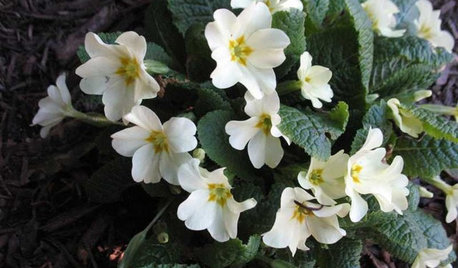
SPRING GARDENING7 Great Container Plants for Early-Spring Appeal
Good things sometimes come to those who impatiently head to the nursery for plants that can take a chill
Full Story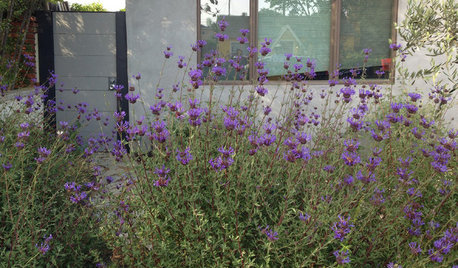
GARDENING GUIDES10 Late-Winter and Early-Spring Bloomers for the West
Tired of waiting for spring to arrive? Try these drought-tolerant, flowering plants for color that starts in late winter
Full Story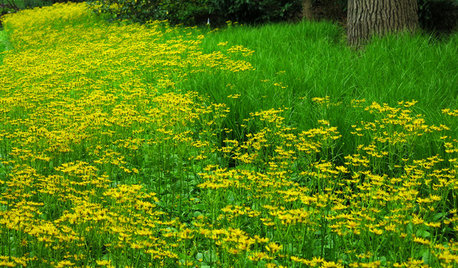
FALL GARDENING5 Native Early-Spring Bloomers to Plant This Fall
Think beyond tulips and daffodils this year with plants that you and native pollinators will love
Full Story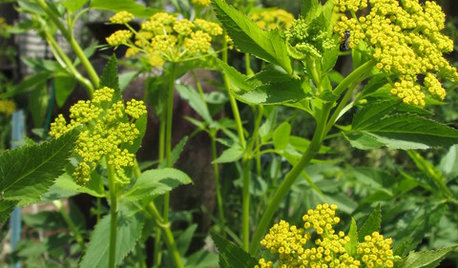
GARDENING GUIDESGreat Design Plant: Golden Alexanders for Early Spring Color
Get sunny flowers while other garden growers are still asleep, with this adaptable prairie plant beloved by butterflies
Full Story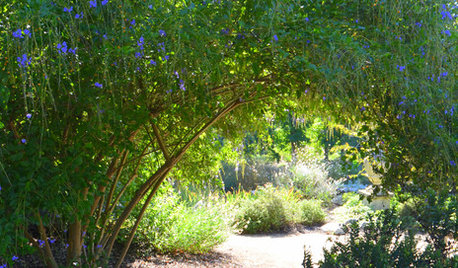
FLOWERS AND PLANTSHeat-Loving Duranta Erecta Blooms From Spring Into Early Fall
Golden dewdrops, a versatile tropical shrub, has delicate purple and white blossoms
Full Story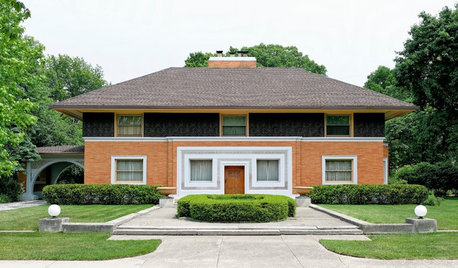
EVENTSView Frank Lloyd Wright’s Early Work on a Chicago Architecture Walk
This annual spring tour features Chicago-area homes by the master of Prairie-style architecture and those who worked with him
Full Story
SHOP HOUZZShop Houzz: Be the Early Bird
Get invested in every morning by updating how you wake up
Full Story
TRADITIONAL ARCHITECTURESo Your Style Is: Early American
The people we know as Pilgrims set the style stage back in 1620
Full Story
NATIVE PLANTSPlant These Fall-Flowering Natives in Early Summer for Pollinator Love
These 3 groups of plants will support masses of beneficial insects come autumn
Full Story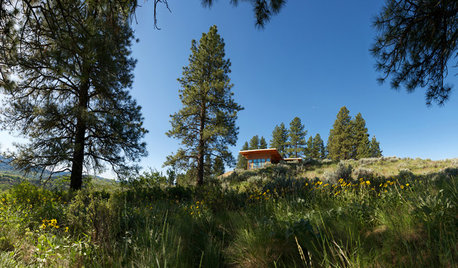
REMODELING GUIDESWhen Retirement Came Early, a Couple Headed for the Hills
A Seattle pair turn their part-time home into a full-time one, remodeling it to gain views and help it stand up to snow, sun and wind
Full Story


wayne_5 zone 6a Central Indiana
pnbrown
Related Discussions
the fallacy of fall tomatoes?
Q
An unusual early spring
Q
hummingbird attracting plants for spring and early summer?
Q
Late Winter/Early Spring Transitional Fashion
Q
rhizo_1 (North AL) zone 7
dave_f1 SC, USDA Zone 8a
Donna
digdirt2
biscgolf
bi11meOriginal Author
glib
elisa_z5
bi11meOriginal Author
mrswaz
Trishcuit
opal52
elisa_z5
Michael
caryltoo Z7/SE PA
denninmi
sunnibel7 Md 7
elisa_z5
tomva
gunnersm8
harveyhorses
bi11meOriginal Author
jolj
bi11meOriginal Author